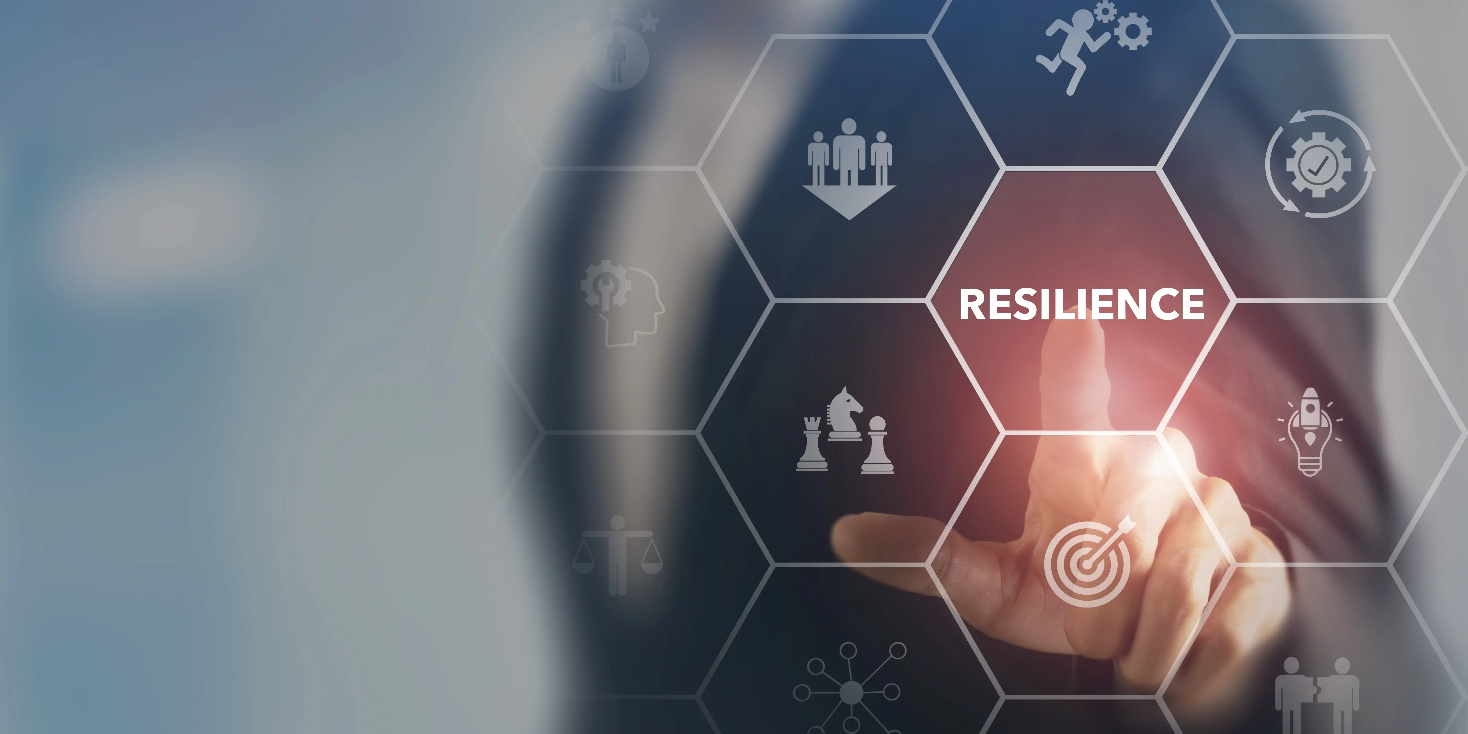
Share:
Europe is entering a major transformation in resilience thinking. Under the Critical Entities Resilience (CER) Directive, organizations are not only required to manage risks but also to understand, demonstrate, and maintain the elements that are “critical” to their operations, economy, and society.
4 Steps to Help Businesses and Infrastructure Prepare for the EU CER Directive
Europe is entering a major transformation in resilience thinking. Under the Critical Entities Resilience (CER) Directive, organizations are not only required to manage risks but also to understand, demonstrate, and maintain the elements that are “critical” to their operations, economy, and society.
In the past, resilience often meant protecting individual assets or recovering from isolated incidents. However, in today’s context — where climate risks, cyberattacks, and supply chain disruptions occur simultaneously — businesses need a comprehensive criticality assessment system to ensure overall resilience.
The Difference Between “Criticality” and “Risk”
Although often mentioned together, the two concepts serve different purposes:
-
Criticality Assessment: identifies what is most important by analyzing how each service, asset, or process impacts operations, society, and regulatory compliance. This step focuses on impact orientation rather than causes of risk.
-
Risk Assessment: identifies what could threaten those critical elements — such as cyberattacks, natural disasters, or supply chain disruptions — and evaluates the likelihood, impact, and controllability.
The order matters: a business must know what is core before assessing risks. This approach optimizes resources and ensures focus on truly essential services.
Why Criticality Assessment is the Foundation of Resilience

Failing to identify critical elements can lead to:
-
Overprotection: investing in assets that are not truly essential.
-
Risk Blind Spots: overlooking hidden interdependencies in infrastructure or supply chains.
A structured assessment helps organizations see the relationships between systems, identify weak points that could trigger cascading effects, and build a foundation for transparent governance and data-driven decisions — valued by regulators, investors, and stakeholders alike.
4 Steps to Build a Criticality Assessment Framework
Step 1 – Define What “Critical” Means
Develop a multi-dimensional definition that goes beyond financial value to include impacts on human safety, social stability, legal obligations, the environment, and supply chains.
Example: a small regional water treatment plant may impact hospitals, food factories, and power stations — turning a local issue into a cross-sector problem.
Step 2 – Categorize Levels of Criticality
Classify services and assets into three tiers:
-
Tier 1: disruption causes severe or cross-border consequences.
-
Tier 2: significant but manageable within acceptable limits.
-
Tier 3: localized impact, quickly recoverable.
This structure helps prioritize investments, plan contingencies, and shorten recovery times for the most critical elements.
Step 3 – Map Dependencies and Redundancies
Each essential service should trace its internal and external dependencies — such as infrastructure, energy, IT, suppliers, or cloud data. This step reveals single points of failure, where a minor incident could cripple multiple critical services.
Additionally, organizations should define the maximum allowable recovery time (RTO) to design appropriate response plans.
Step 4 – Build a “Criticality Register”
This document consolidates all critical information within the organization — including service lists, criticality tiers, dependencies, recovery times, and supporting evidence.
The register supports internal management and serves as proof of CER compliance to regulators.
From Reactive to Proactive
The CER Directive marks a turning point in risk management thinking:
-
From reacting to crises → to proactively designing resilience.
-
From isolated risks → to systemic thinking about interconnections and dependencies.
Criticality assessment is not only a mandatory starting point of CER but also the foundation for sustainable, transparent, and adaptive governance — helping businesses maintain stability, build investor confidence, and prepare for the future of green finance and resilient infrastructure.
ARDOR Green supports Vietnamese businesses and cities in adopting international assessment frameworks and standards such as CER, helping infrastructure, services, and investments develop sustainably, flexibly, and ready for any disruption.
Latest news
Special Highlights of COP30: When the World Looks to the Amazon for Climate Action of the Future
COP30 marks the 30th Conference of the Parties to the UNFCCC (United Nations Framework Convention on Climate Change).
Carbon Trading Systems and the Reshaping of the Construction Industry’s Future
The construction industry is one of the largest sources of greenhouse gas emissions, accounting for around 37% of total global CO₂ emissions (IEA, 2022). The expansion of Emissions Trading Systems (ETS) beyond the energy sector into carbon-intensive industries — including building materials and operational processes — is reshaping the entire cost structure and competitive strategies of the construction sector.
Green Finance in Real Estate: Investment Opportunities and Strategies for Developers in Emerging Markets
The global real estate sector is both the largest source of emissions and the greatest investment opportunity in the journey toward net-zero. According to IFC (2025), greening the construction value chain could unlock USD 1.5 trillion in investment opportunities across emerging markets in the next decade.
LCA and EPD: Scientific Evidence for Transparency in Green Certifications
In today’s global context of increasing focus on sustainability, transparency in data has become a critical requirement in the construction industry. Two prominent tools that address this need are LCA (Life Cycle Assessment) and EPD (Environmental Product Declaration). Beyond helping projects earn credits in green building certification systems such as LEED or BREEAM, LCA and EPD are also long-term strategies to enhance credibility and value for projects.
ARDOR Green is recruiting the next generation of sustainable architects/engineers at the Bach Khoa Career Fair
Founded in 2005, ARDOR Architects has over 20 years of experience in architectural and urban planning consultancy, with participation in more than 150 projects and numerous international awards such as Top 10 Architects Ashui (2017) and BCI Asia Awards (2009, 2015, 2021).
From Commitment to Implementation of ESG in Vietnamese Enterprises
In today’s global context, ESG (Environmental – Social – Governance) is becoming a “new passport” for businesses. It is not only a factor that international investors and partners consider when cooperating, but also a competitive standard within global supply chains.
Build Green, Build with ARDOR Green







